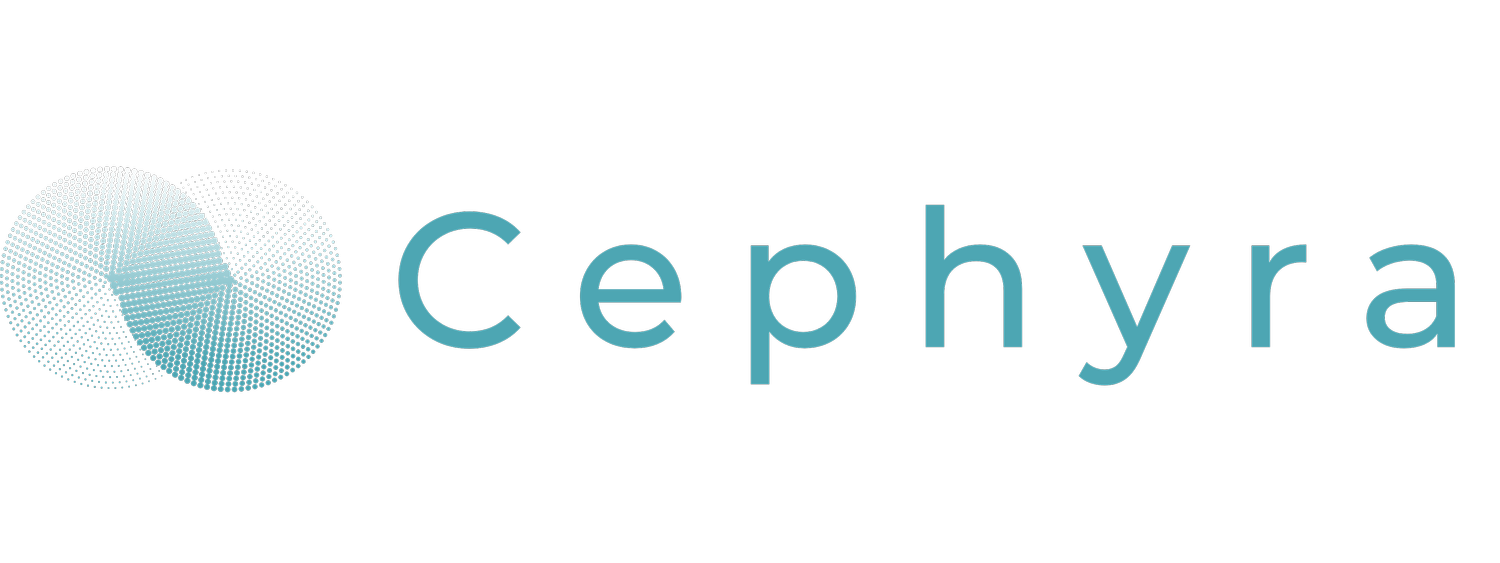Restless Legs Aren’t Just Restless: What Your Body Is Really Telling You
If your legs ache, twitch, or feel like they “won’t let you rest” the moment you lie down — you’re not imagining things.
And it’s not just about your legs.
This common and often dismissed experience may be one of the earliest signs of Willis-Ekbom Disease, better known as Restless Legs Syndrome (RLS) — a neurological condition with deeper roots than most people realize.
The Misunderstood Reality of “Restless Legs”
For many, the symptoms are painfully familiar:
A creeping, tingling, or throbbing sensation in the legs
An irresistible urge to move or stretch
Discomfort that worsens in the evening or at night
Temporary relief from movement, but no lasting solution
What starts as a physical nuisance often escalates into chronic sleep disruption, emotional distress, and eventually full-body exhaustion. Yet, many patients are told it’s “just stress,” or offered iron supplements, magnesium, melatonin, or foam rollers — only to find that nothing really works.
So what’s really going on?
Your Legs Are Talking — But It’s Your Nervous System That’s Screaming
RLS is not simply a muscle issue. It’s a neurological condition that reflects dysfunction across multiple systems in the body. When your legs feel restless, it’s often a sign of a nervous system that can’t switch off, even when the rest of you desperately wants to.
At Cephyra, we’ve seen hundreds of cases where “restless legs” were just the tip of the iceberg — a first symptom in a long chain of dysregulation.
Here’s what we’ve learned.
What Causes Restless Legs? A Systemic View
While every patient is different, the most common contributors to RLS we encounter include:
1. Dysregulated Dopamine
Dopamine is a neurotransmitter that plays a key role in movement, motivation, and sleep. Research shows that many individuals with RLS experience disrupted dopamine signaling, especially in the evening and nighttime hours — when dopamine levels naturally dip.
This dysregulation may explain:
Why symptoms worsen at night
Why movement temporarily helps
Why dopamine-based medications (e.g., ropinirole) are sometimes prescribed — though they often lead to “augmentation” or worsening symptoms over time
2. Hyperactive Nervous System (Sympathetic Dominance)
Chronic stress, trauma, or inflammation can push your body into a prolonged fight-or-flight state. This means:
Heightened sensory sensitivity (including to internal body signals)
Inability to downshift into rest
Increased muscle tension and nerve irritation
RLS is often one of the first signs that the nervous system is stuck in “on” mode — and can’t relax even during sleep.
3. Impaired Sleep Architecture
RLS often disrupts slow-wave sleep — the deep, restorative stage where healing and recovery happen. This leads to a vicious cycle:
Poor sleep → worsened nervous system function → intensified symptoms → even worse sleep.
Over time, this can contribute to burnout, brain fog, mood swings, and even chronic fatigue syndromes.
4. Iron & Nutrient Deficiencies
While many providers test serum iron levels, brain iron is what truly matters in RLS. A person may have “normal” iron on paper, but still lack the neurological iron needed to regulate dopamine and nerve function.
Other nutrient imbalances — including magnesium, folate, B12, and glutamate — also play a role.
Why Standard Treatments Fall Short
Most conventional treatments for RLS target the symptoms, not the system.
You may have been told to:
Stretch more
Take melatonin
Supplement iron
Try a dopamine agonist medication
While these interventions can help in the short term, they rarely address the deeper imbalances driving the condition. Worse, they may ignore the compounding neurological stress that often accompanies RLS, leaving patients feeling frustrated, confused, or dismissed.
A New Model for Healing: The Cephyra Approach
At Cephyra, we treat RLS and related neurological conditions through a whole-system lens.
Instead of suppressing the signal, we ask: Why is your nervous system sounding the alarm?
Our protocols include:
Full-Spectrum Bloodwork
We test not just for iron and B12, but markers of inflammation, dopamine metabolism, glutamate balance, oxidative stress, and autonomic dysfunction.
Sleep + Neurotracking
Our wearable tech tracks real-time nervous system activity, sleep phases, and stress response — helping you (and us) understand your body’s rhythms over time.
Personalized Supplements
We design custom neuro-support formulas that go beyond basic vitamins, helping rebalance neurotransmitters, support adrenal recovery, and reduce nerve hypersensitivity.
Nervous System Restoration
Through breath retraining, somatic therapy guidance, and vagal tone improvement strategies, we help bring the body out of fight-or-flight and back into rest-and-repair mode.
You're Not Imagining It — And You're Not Alone
Too many patients have been told that their restless legs are “just anxiety” or “not a big deal.”
In reality, they may be one of the first signs that your system is overstressed, undernourished, and unable to recover.
RLS is real. It’s neurological. And it’s treatable — when we look beyond the surface.

